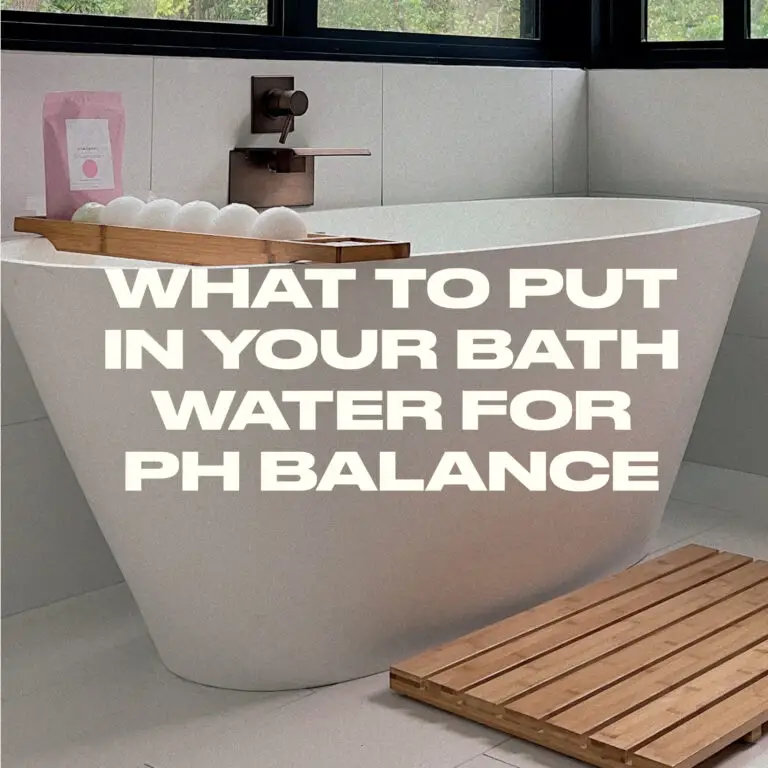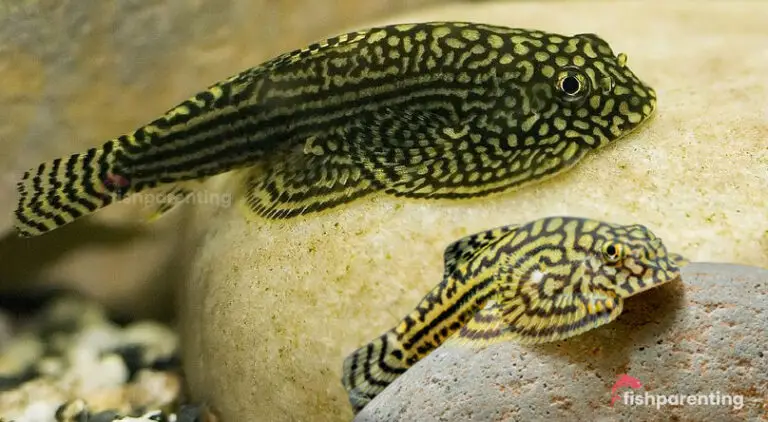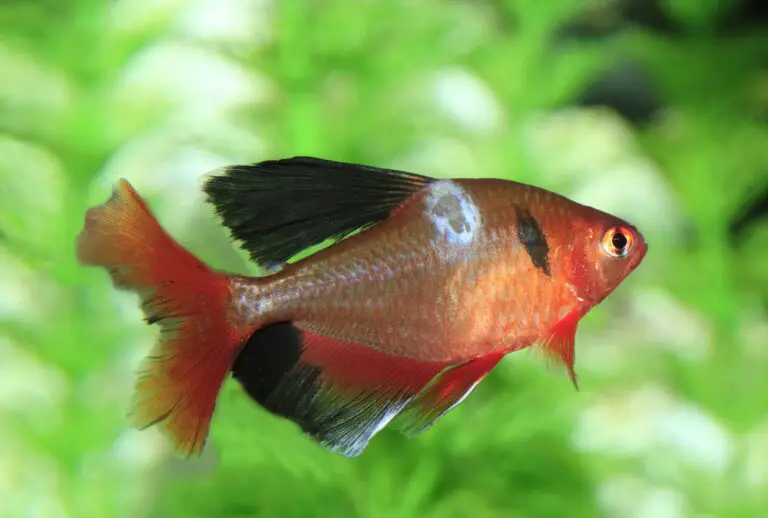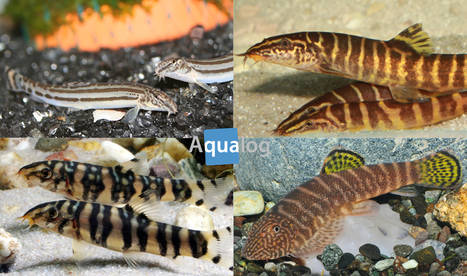Tips to Get Best Position for Internal Aquarium Filter
The best position for an internal aquarium filter is usually near the back of the tank. This will allow water to be pulled from all over the tank and filtered before being returned. The return should be located near the top of the aquarium, so that it can circulate oxygenated, fresh water throughout. Additionally, if…








